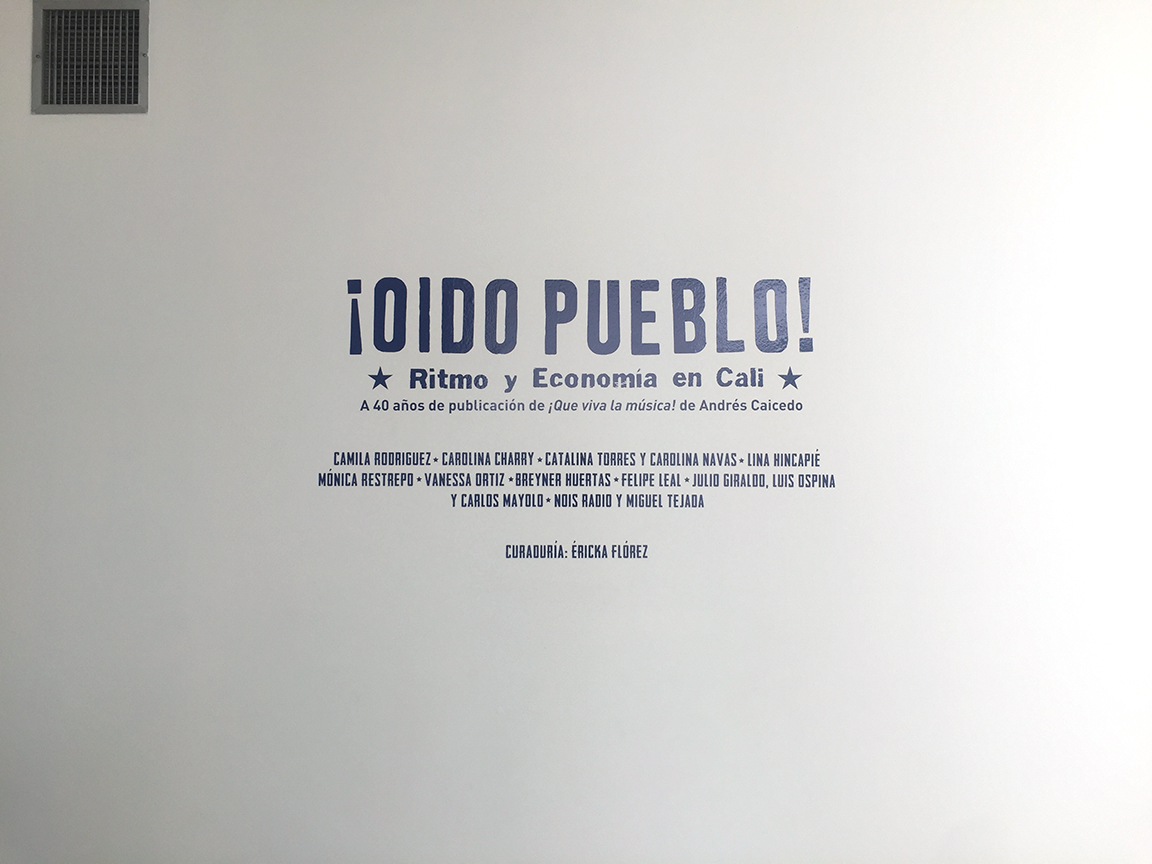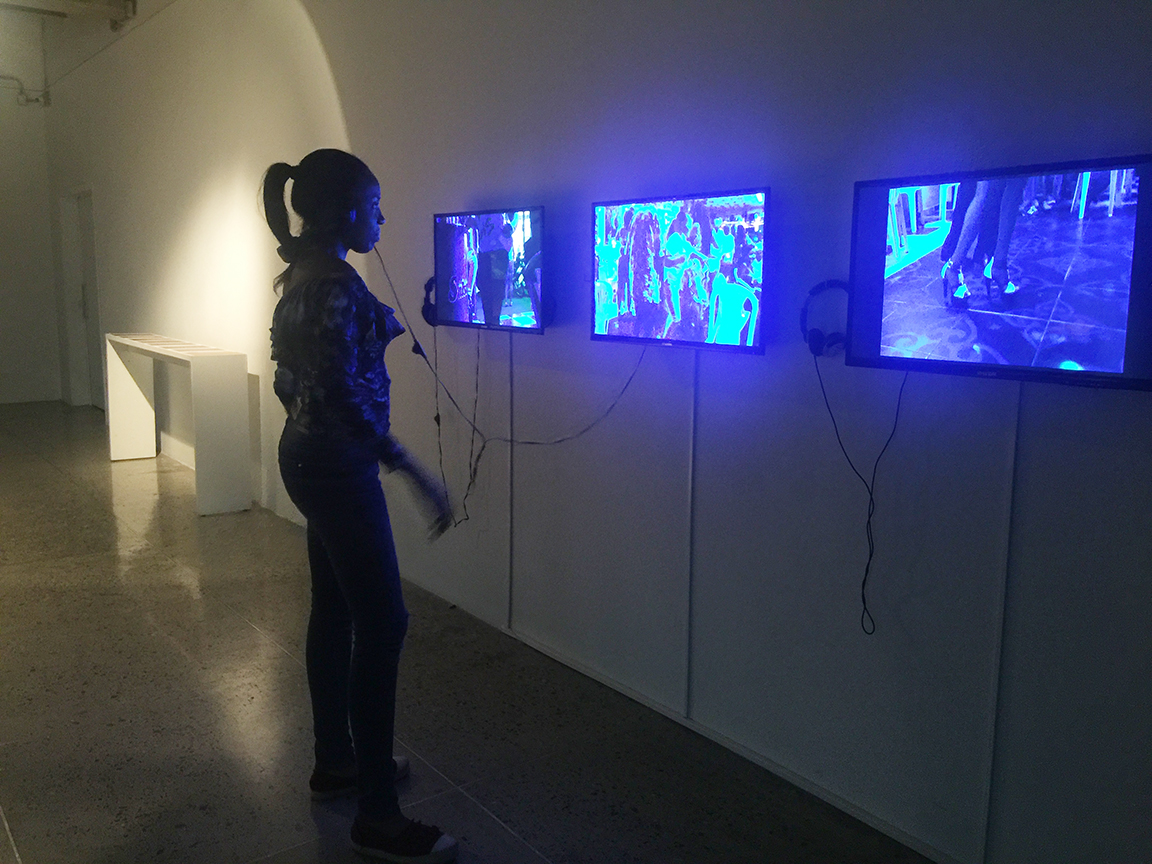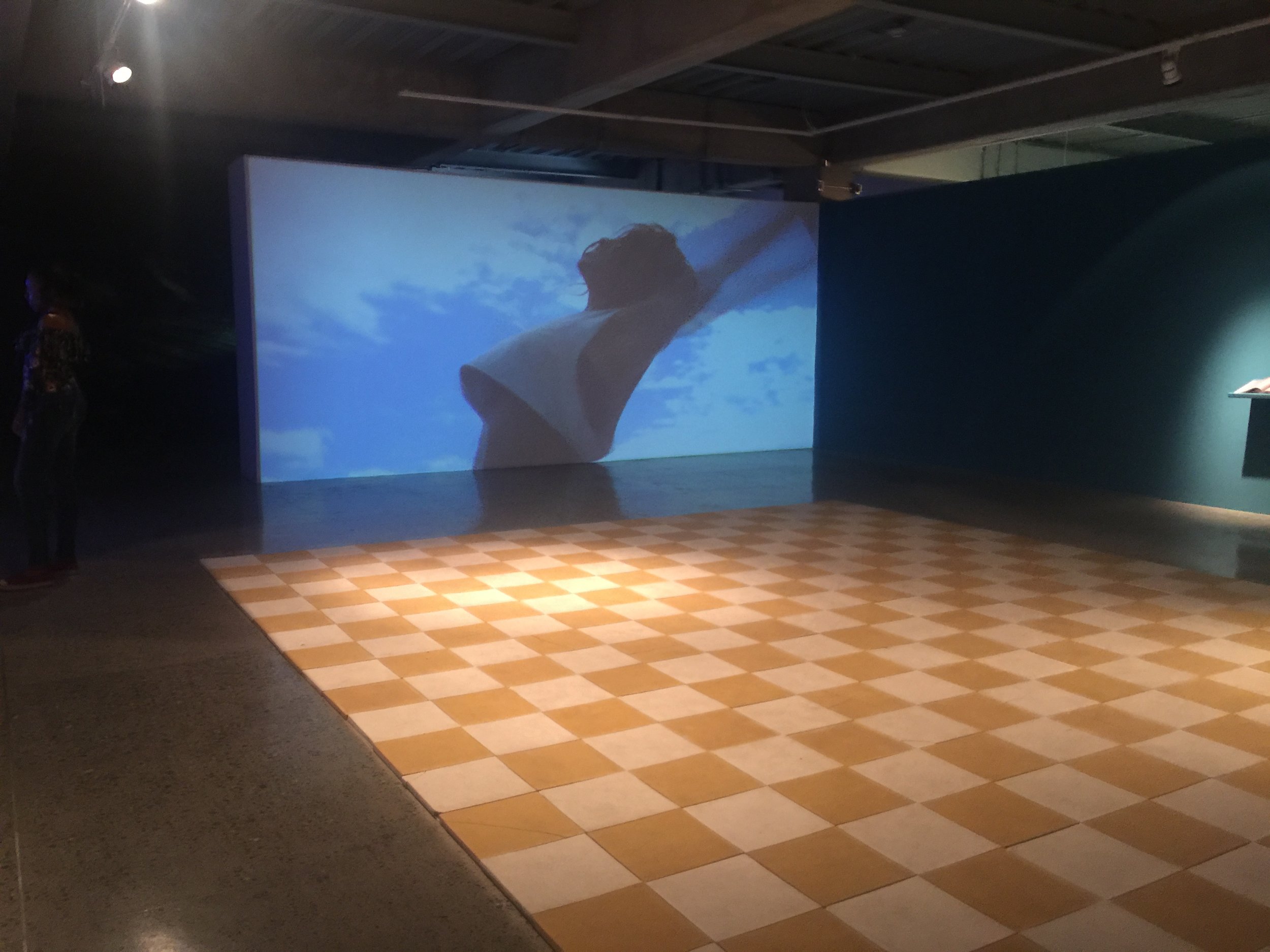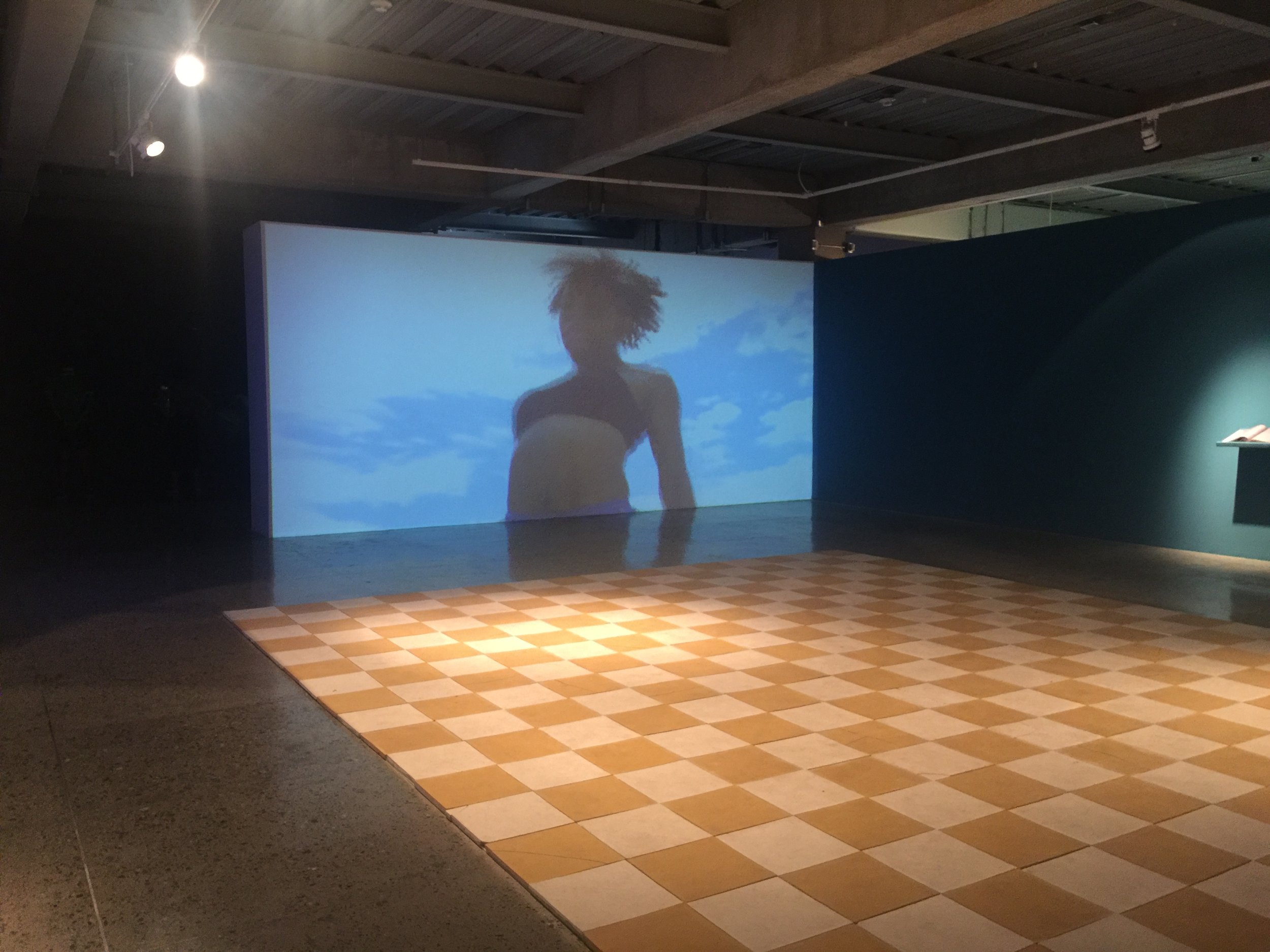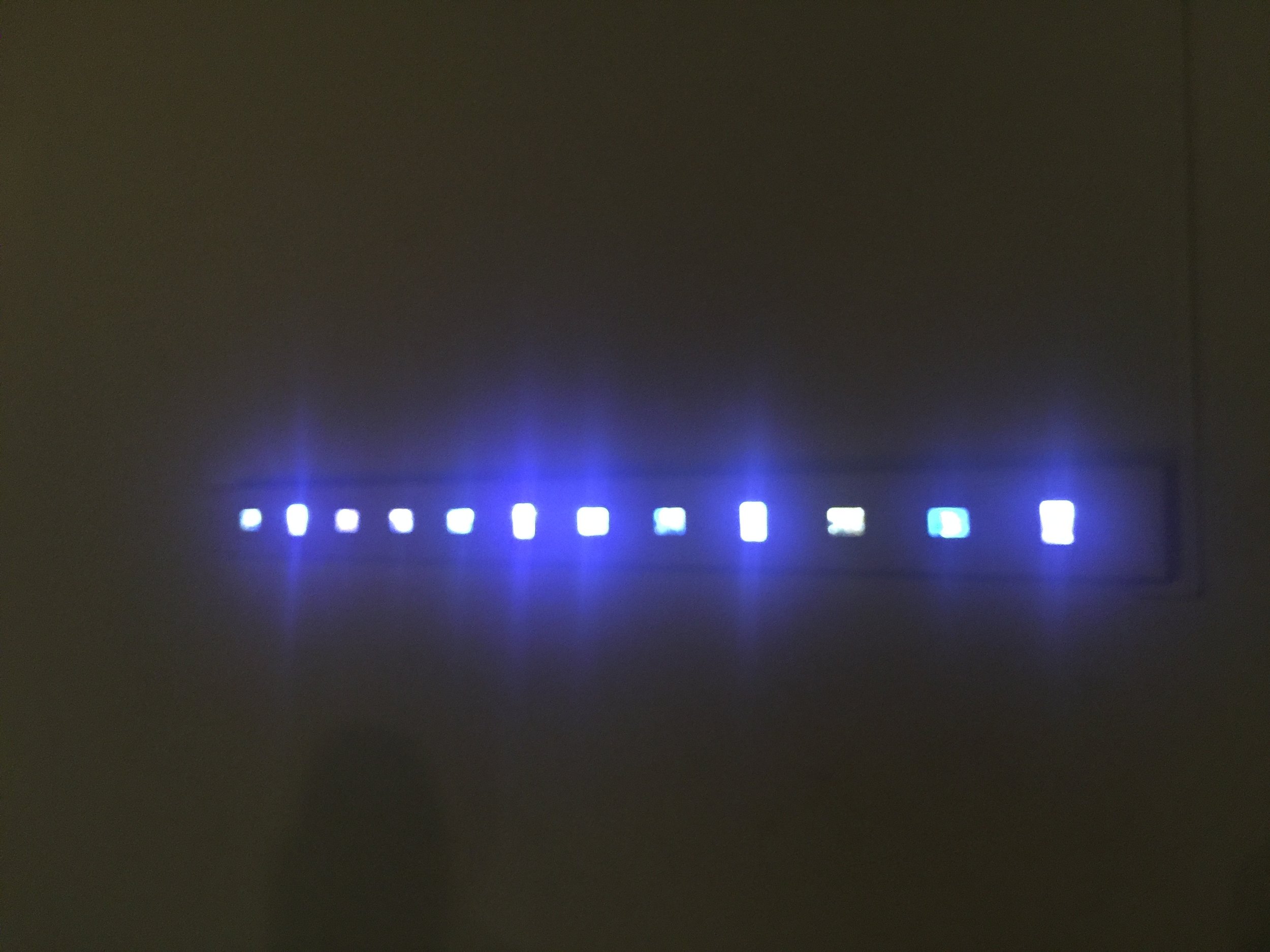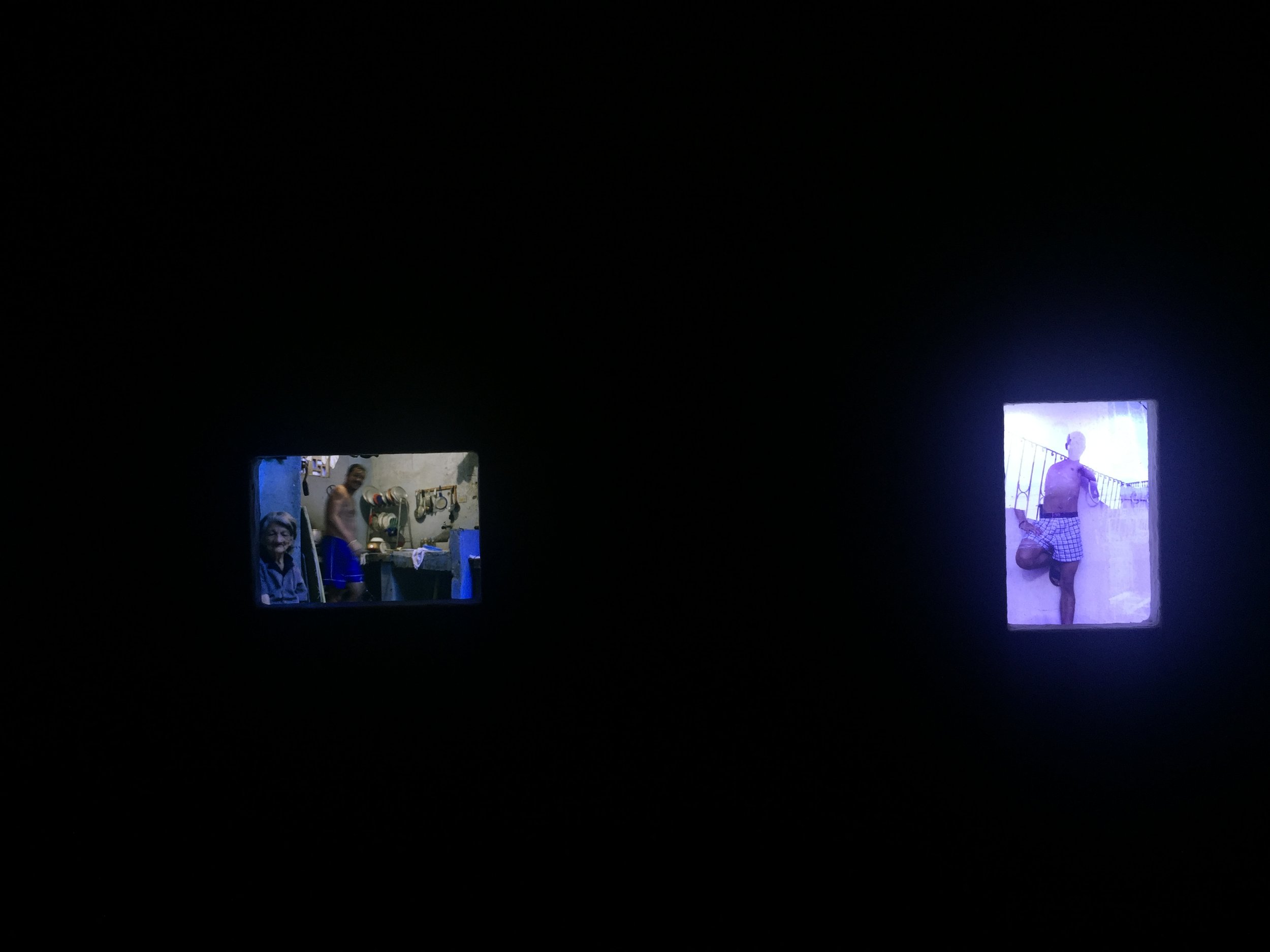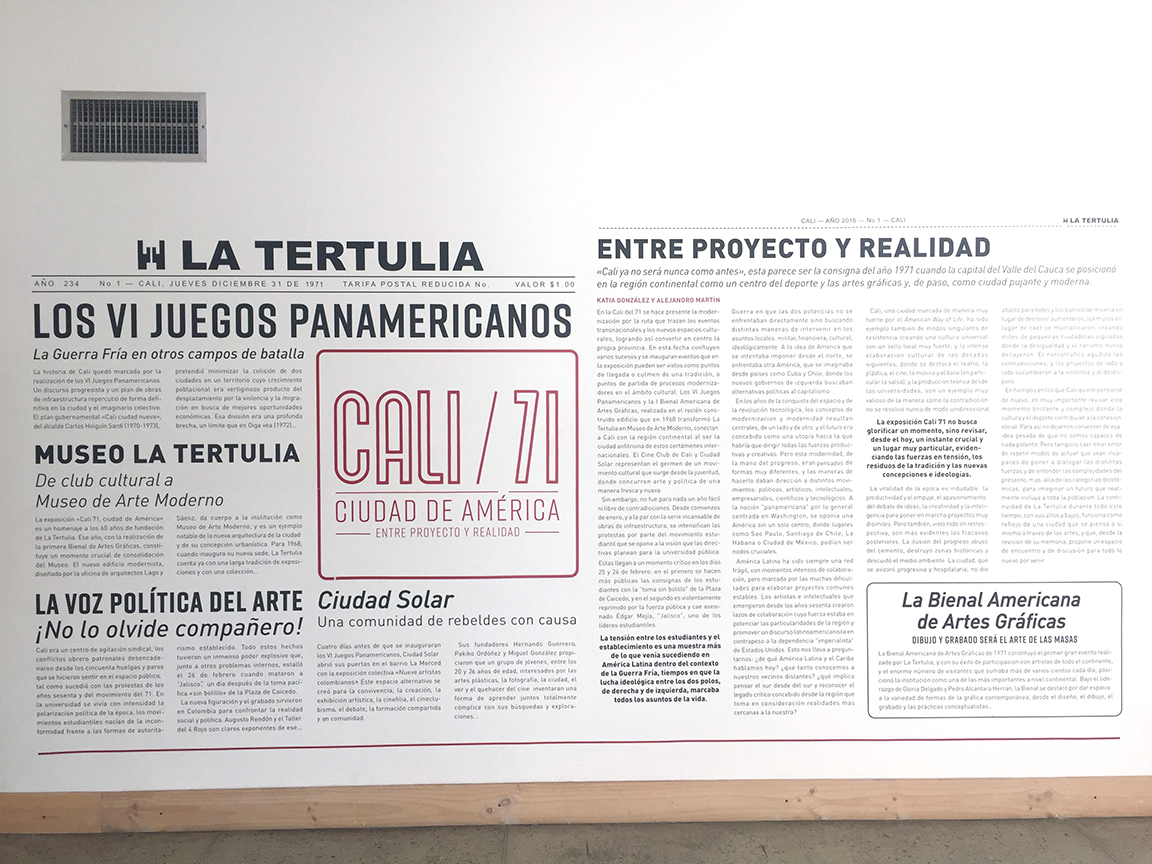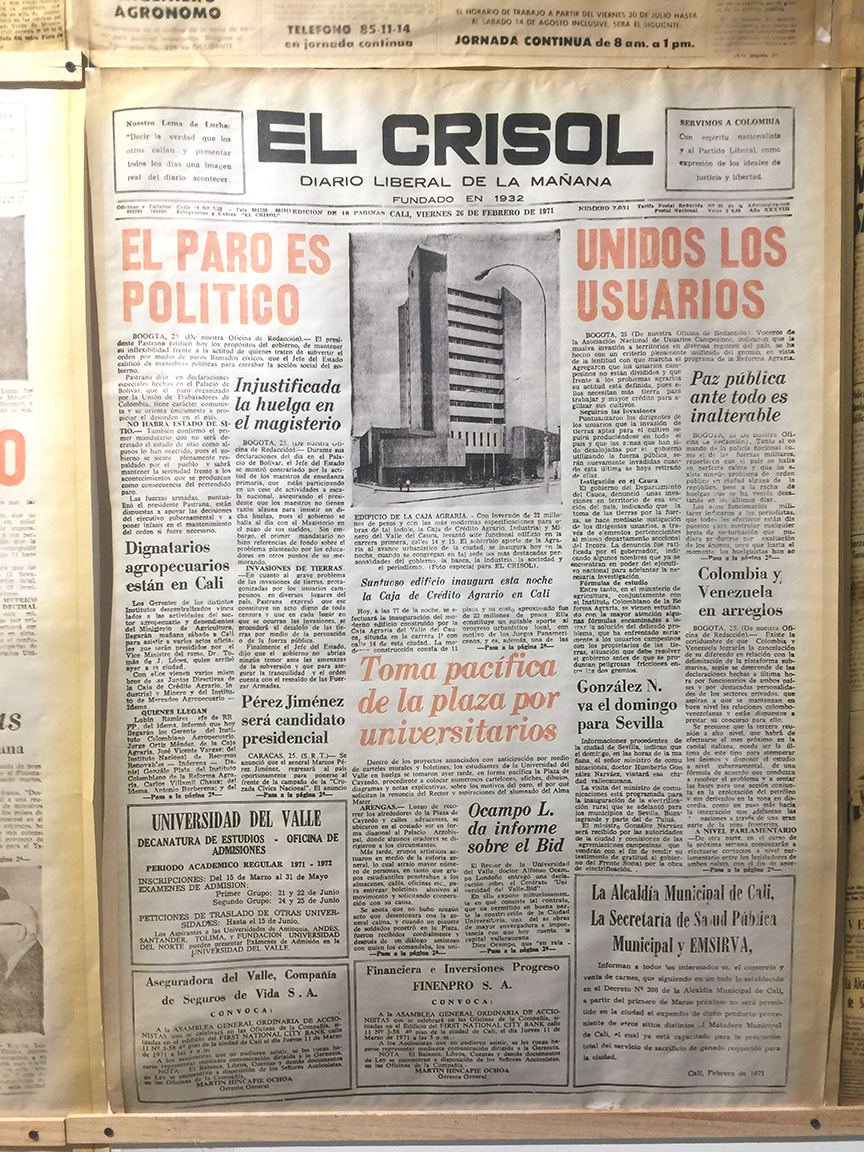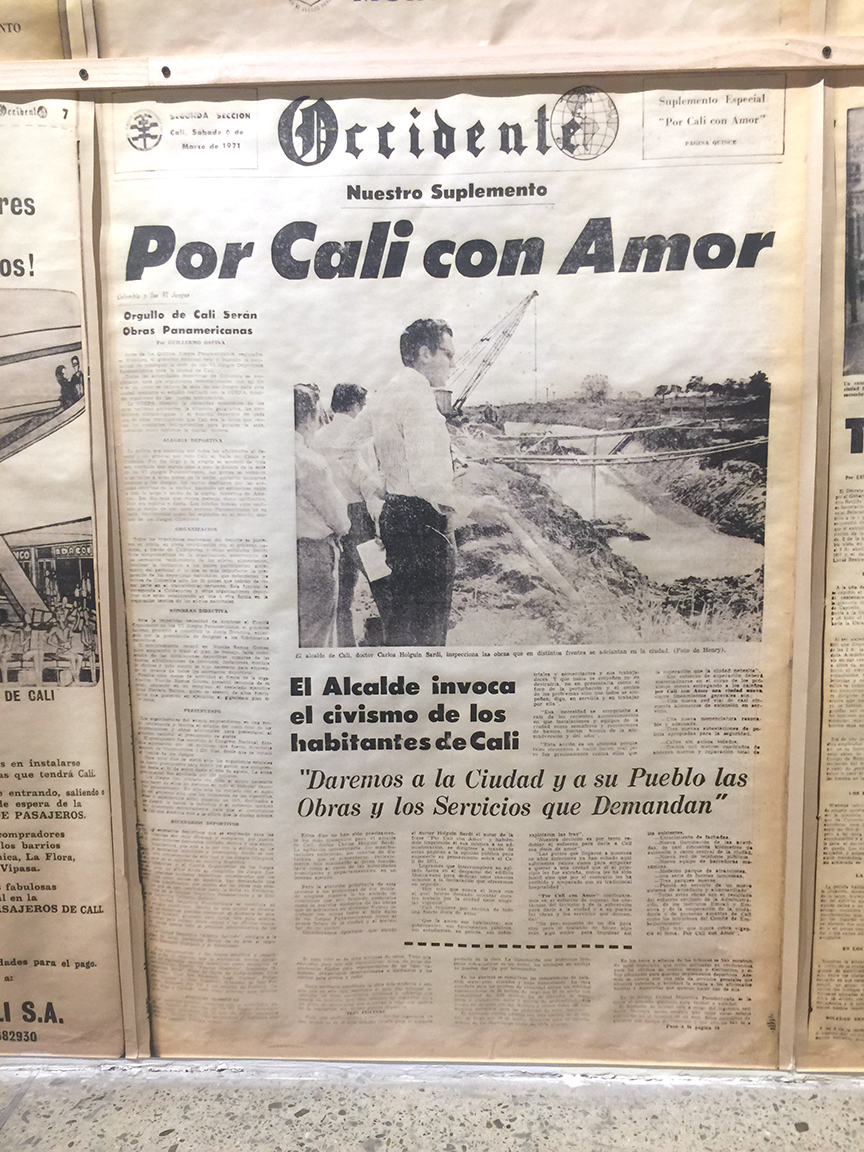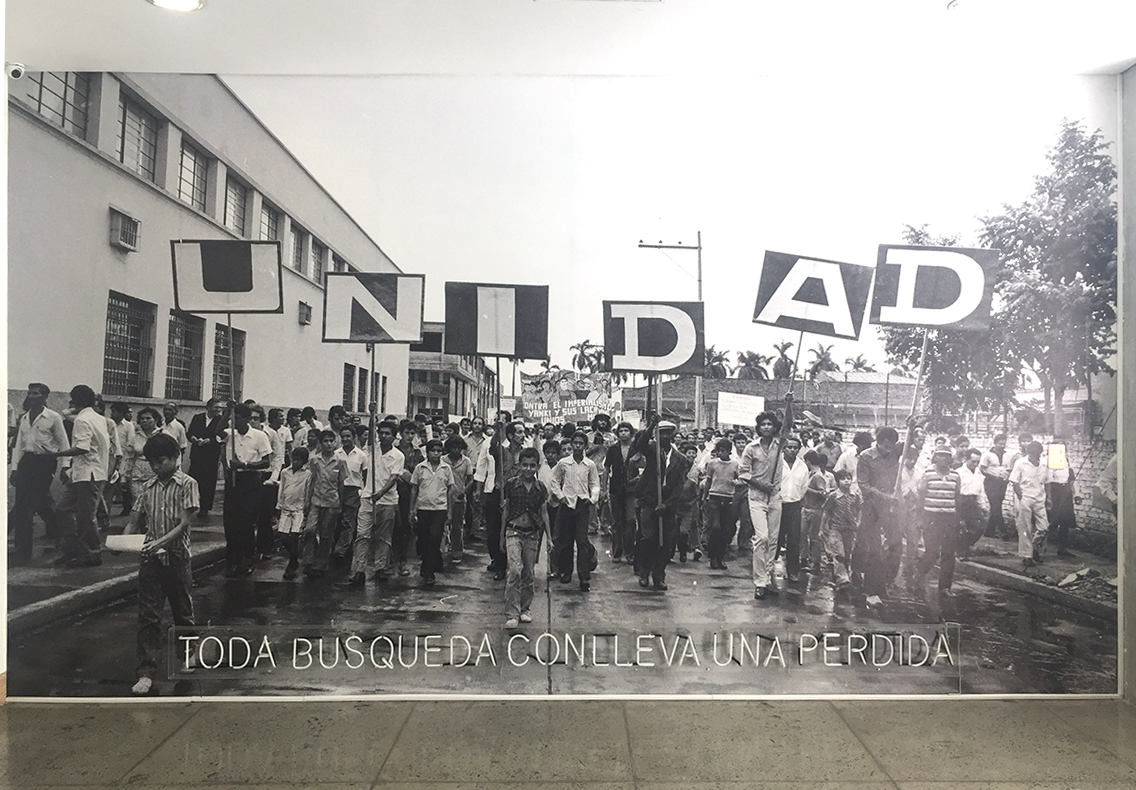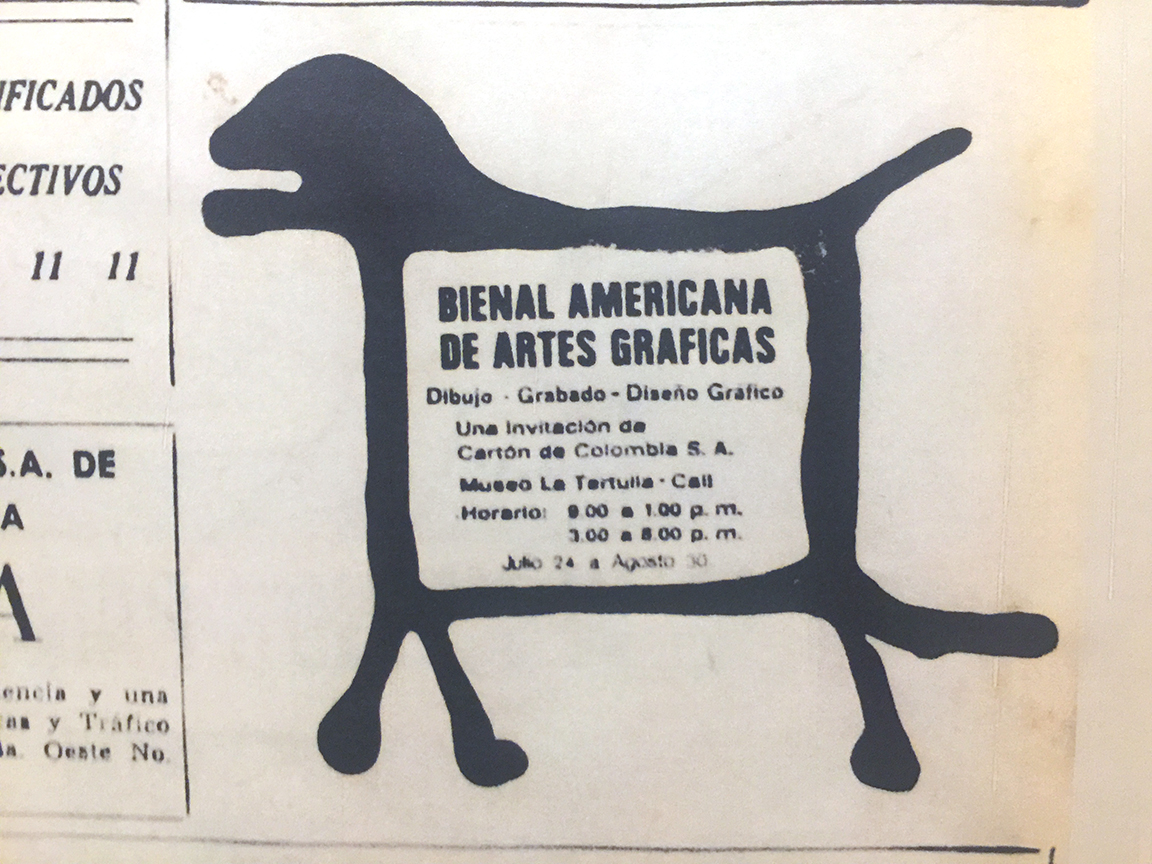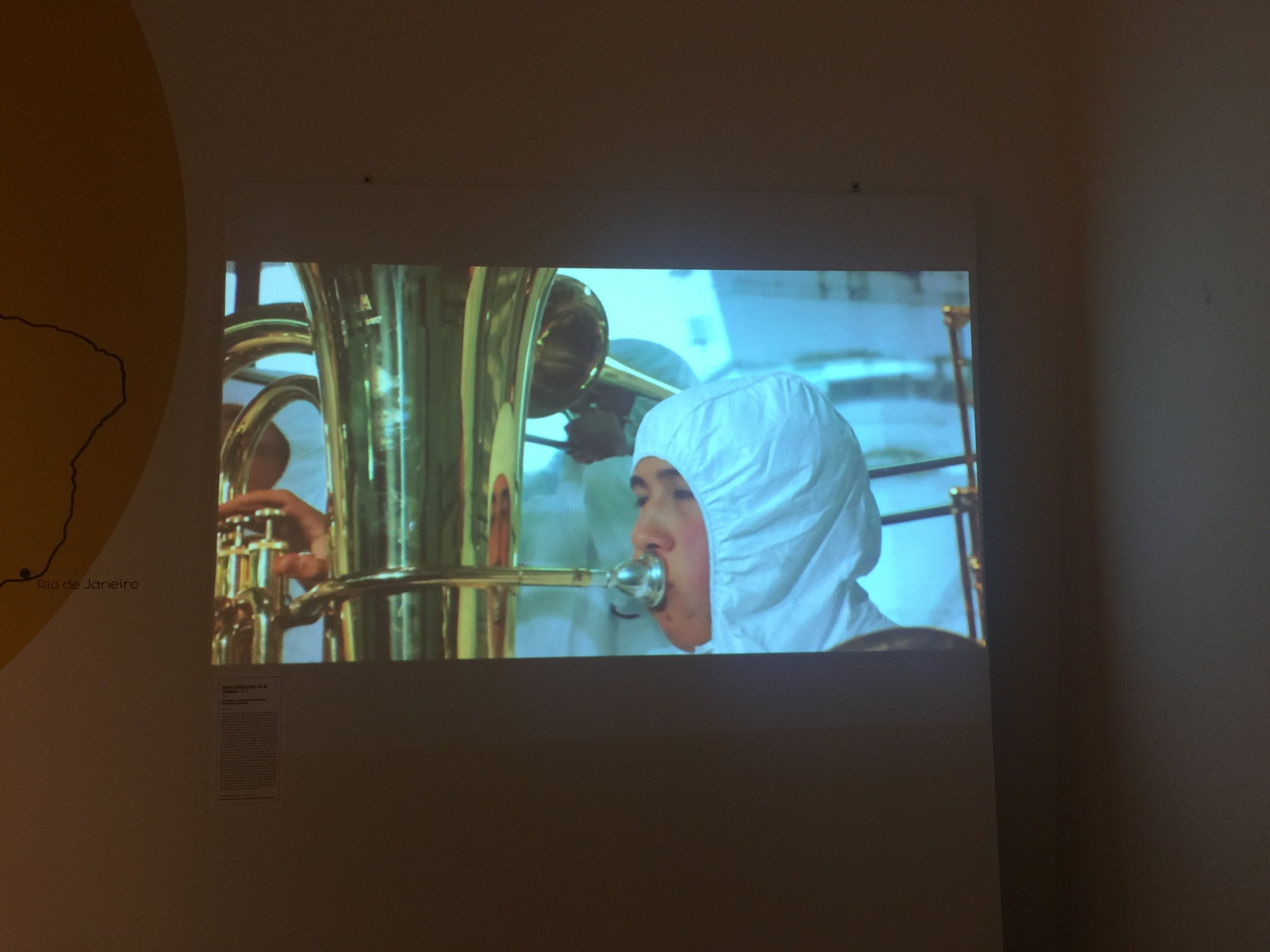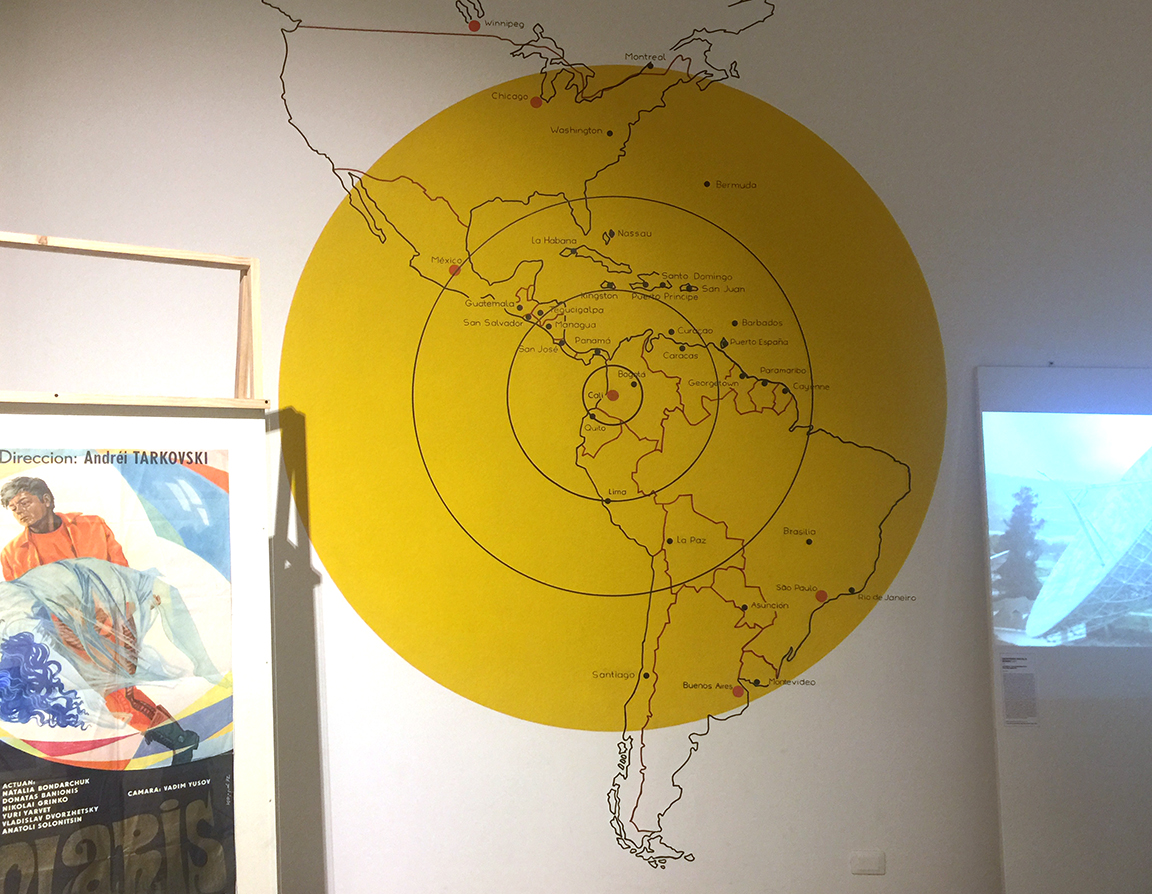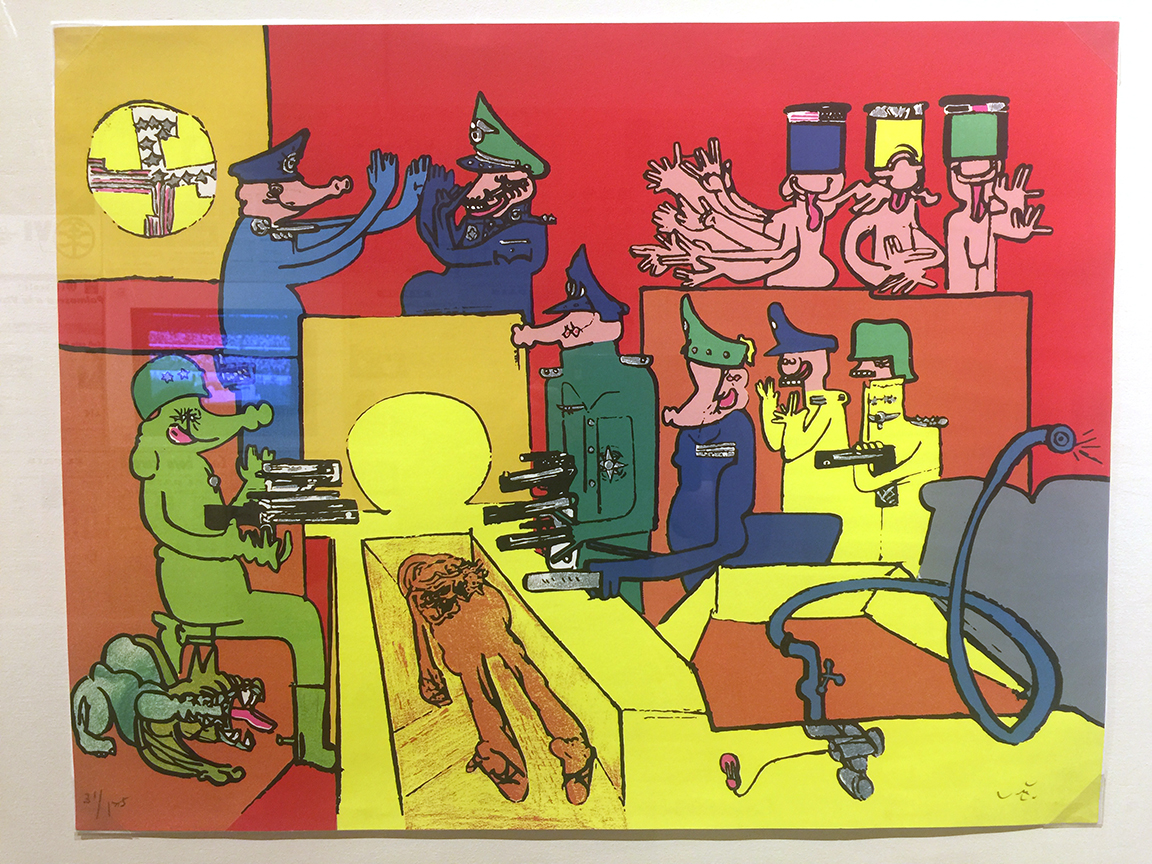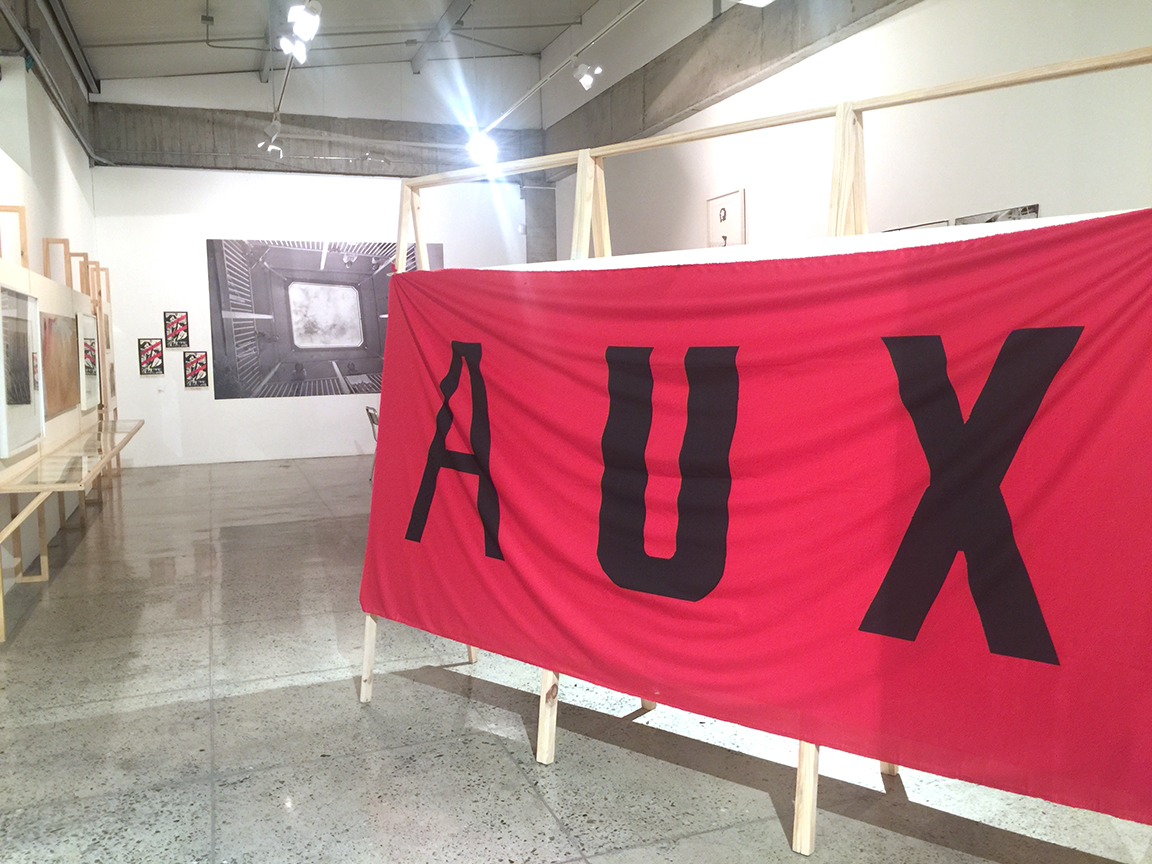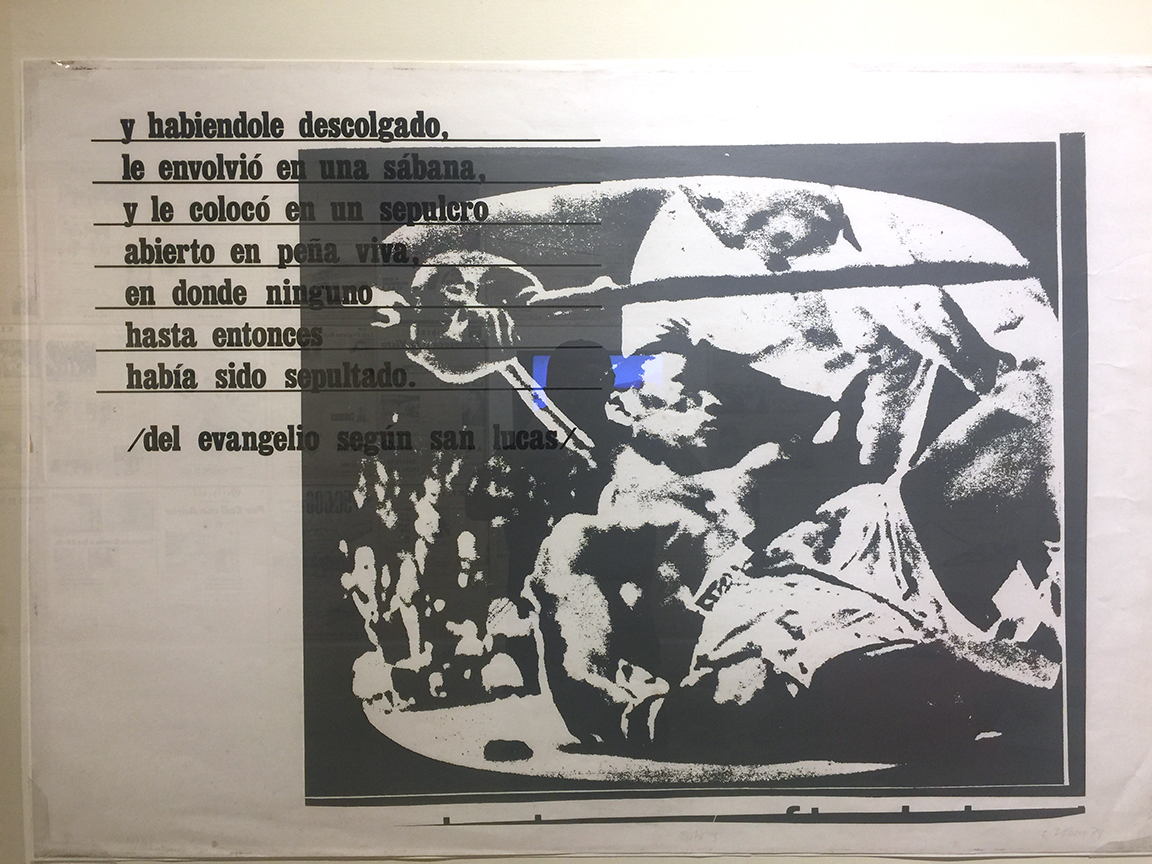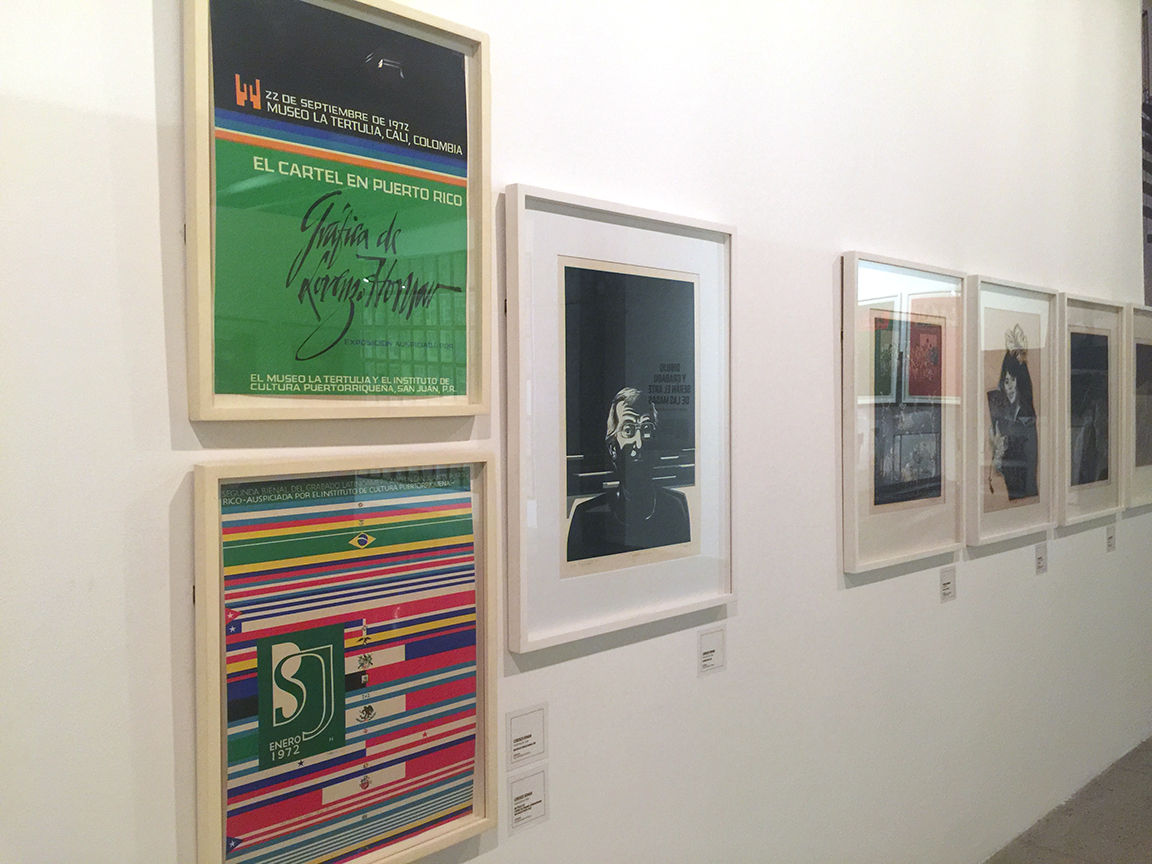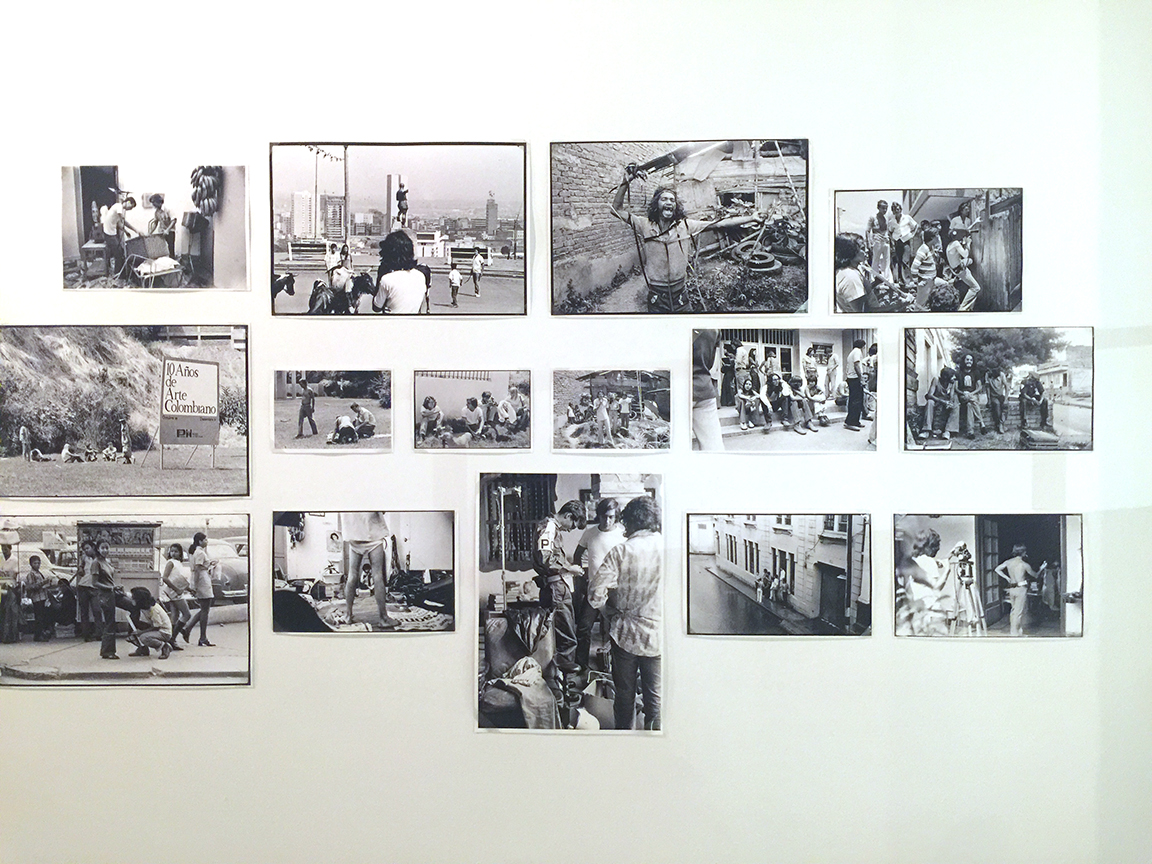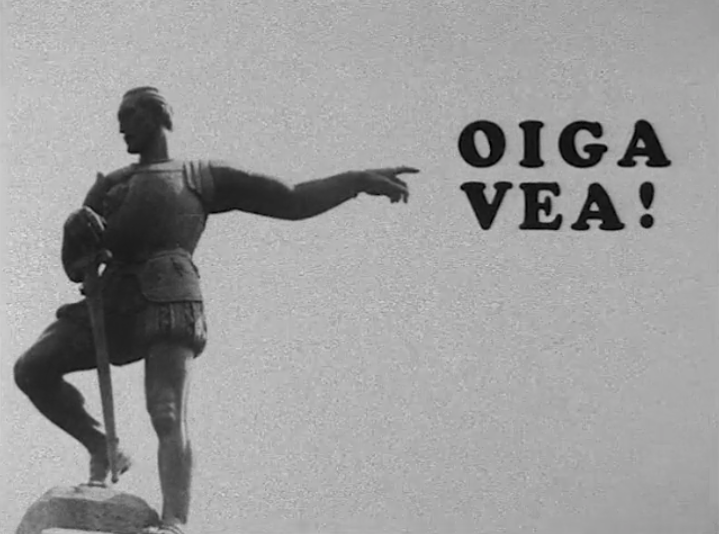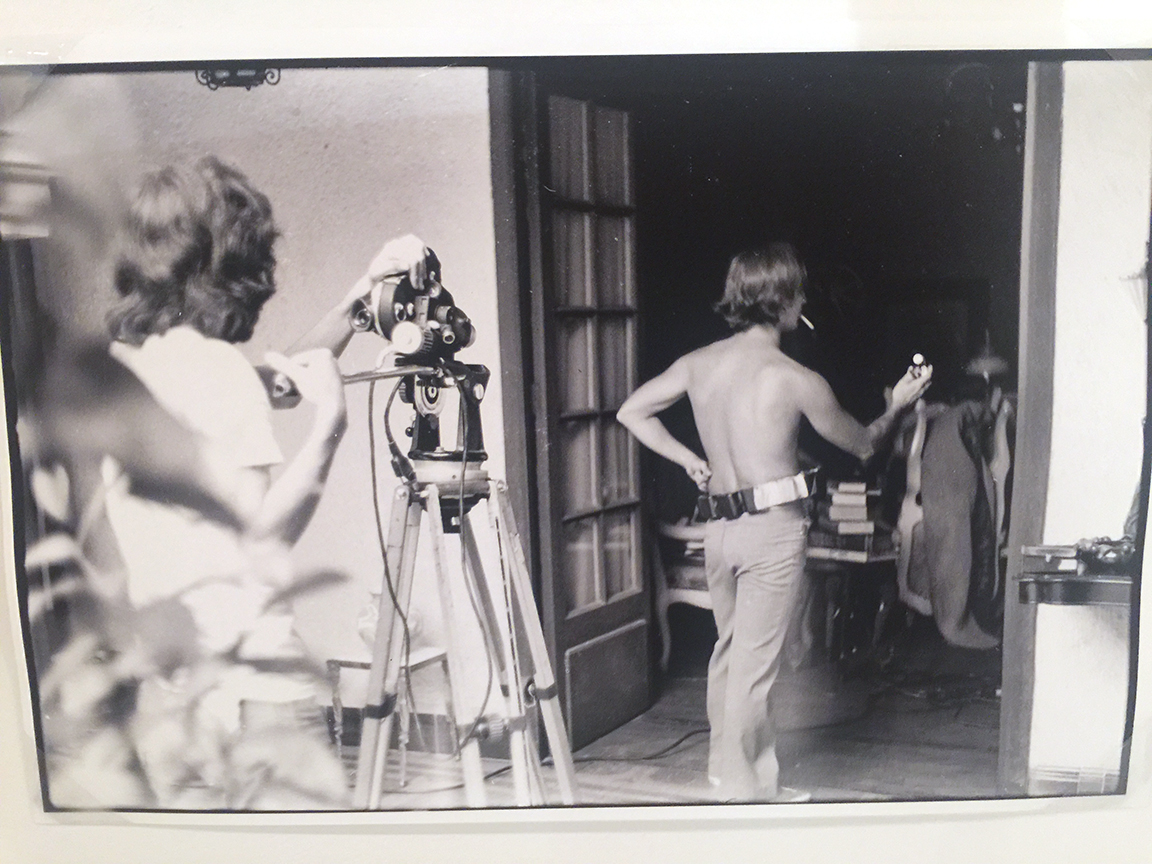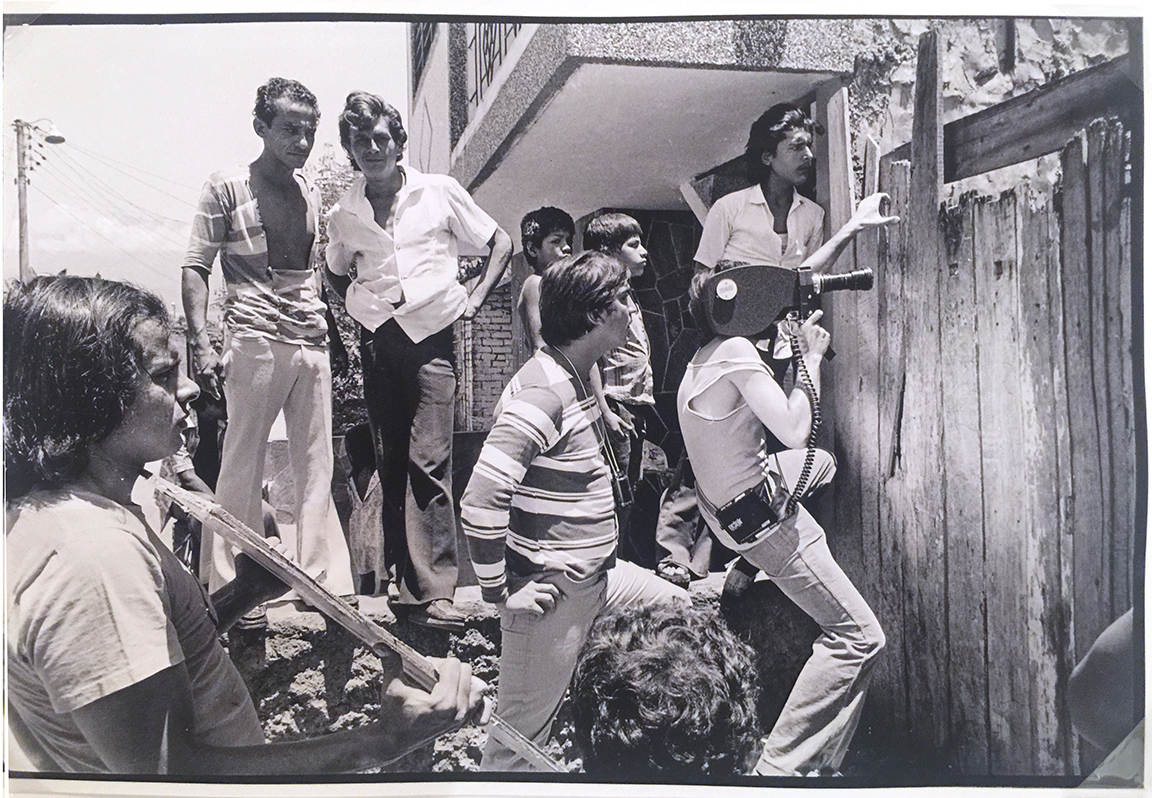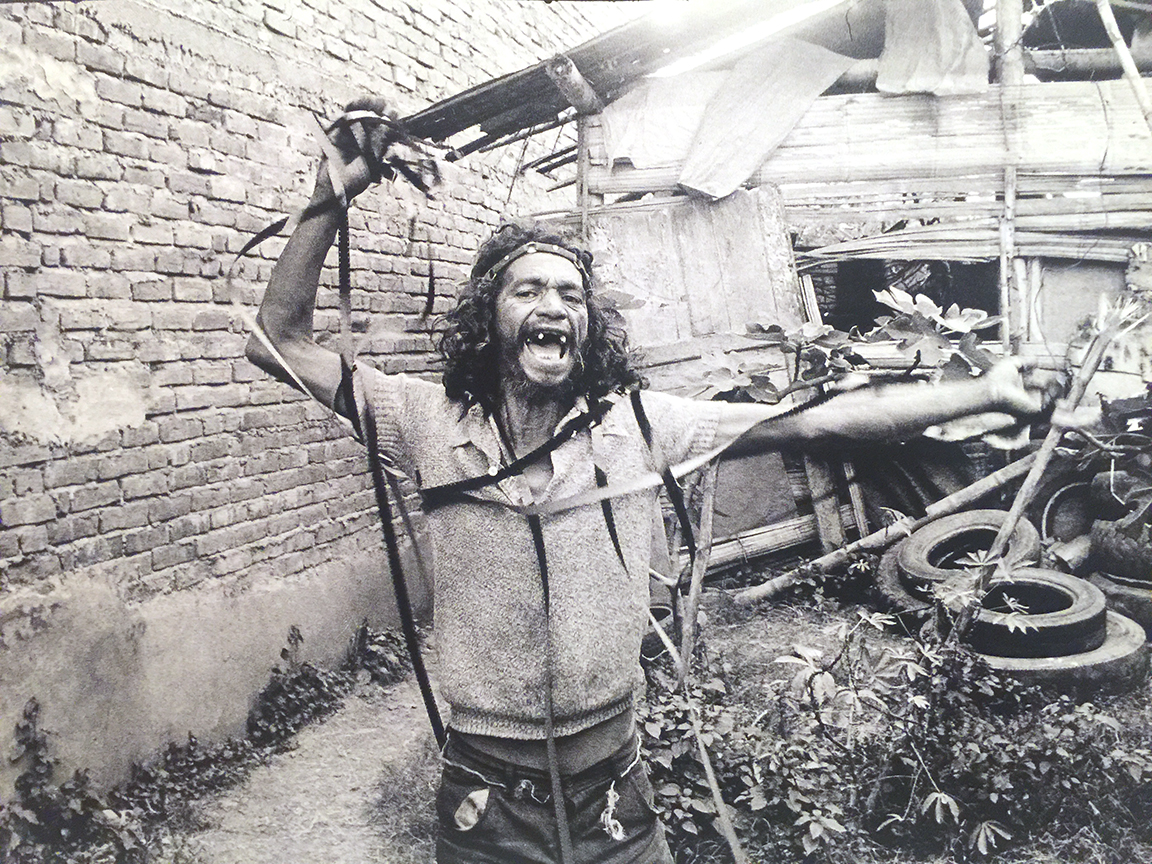Museo La Tertulia: Contemporary Art in Cali, Colombia
I'm in Cali, Colombia for the spring and while here I had the chance to visit one of the (only) spaces for contemporary art in Cali, the Museo La Tertulia. I've been to Cali a few times in the past three years and each time I learn more about the city and get a better feel for the cultural vibe. One thing that became more obvious to me during this trip is the way Cali lags behind Bogota and Medellin in the role art - visual, musical and theatrical - plays in the structure of the city. It's expected that Bogota would have much more to offer culturally by virtue of being the capital (and largest) city in Colombia, but I can't figure out why Medellin is such a model of social innovation and cultural growth, while similar-sized Cali is a city where art doesn't play a significant role for the majority of it's inhabitants.
To be sure, having a less than robust exposure to so-called fine arts isn't a situation unique to Cali, nor is a population who generally have little interest in it. It's true of cities in every country, including many in the U.S. that would not have a strong cultural or artistic "infrastructure" like museums, theaters and orchestras were it not for post-industrial elites funding the institutions. A good example of this would be the hidden gems of (now)post-industrial Pittsburgh.
Regardless of how large or small a city's cultural legacy, you'll find enclaves of contemporary art anywhere and in Cali it's at the Museo La Tertulia. It's a small museum consisting of three disconnected buildings, one of which is a cinema that hosts film festivals and art films from Latin America. The main building has three floors with curated exhibitions from their collection and new works by Colombian and Latin American artists. Of the four exhibits on view when I visited, I took a few photos and videos of two. The first was "Oido Pueblo!", a multimedia exhibit with work influenced (or related to) a novel titled "Que Viva La Musica" by Andres Caicedo published 40 years a go and considered by some to be one of the best novels of Colombian literature in the 20th century.
[Side note: where Cali might be lacking in support for art, the heartbeat of this city is salsa music and dancing. Caleños express themselves quite fluently in the language of la rumba (the party) where the music and dancing start in the early evening and do not stop just because the sun is rising.]
The exhibit mainly consisted of film and video pieces...
The other exhibit that compelled me to take some photos was "Cali 71." It was very cool, but because my Spanish is very poor I didn't quite understand the exhibit description when I read it there. Thanks to Google Translate, I can let it speak for itself:
"Cali will never be as before", this seems to be the slogan of the year 1971 when the capital of Valle del Cauca was positioned as a center of sport and graphic arts and, incidentally, as a vibrant and modern city. The VI Panamerican games and the first American biennial of Graphic Arts, held in the newly built building that in 1968 transformed the gathering in Museum of Modern Art, connect Cali with the Continental region to be the host city of these international competitions. The cinema Club of Cali and Ciudad Solar represent the germ of a cultural movement that arises from the youth, where they concur art and politics in a fresh and new way. All these events, and the context of the Cold War that marked all the situations, are treated through a curatorship that is mainly based on the art collection of the museum La Tertulia and the documents collected by the Documentation Center. Curation: Katia González and Alejandro Martín
Perhaps my favorite part of the museum was this small section dedicated to the Grupo de Cali, a subversive underground film collective whose most prominent members were the directors Carlos Mayolo & Luis Ospina, who made several B&W 16mm mock-umentaries that were sardonic, cinema-verite critiques of the class struggles, economic disparty, and political oppression of 1970’s Colombia, and in particular the city of Cali. The small section for Grupo de Cali was located adjacent to the Pan-American Graphic Design display, and featured a lot of great behind the scenes still photos of the movies being made, as well as clips of the situationist-style dialectic film Aggarando Pueblo (The Vampires of Poverty).
For a fantastic analysis of Ospina and his films, check out this article at Brooklyn Magazine. And watch the trailer below for some scenes from Aggarando Pueblo.


